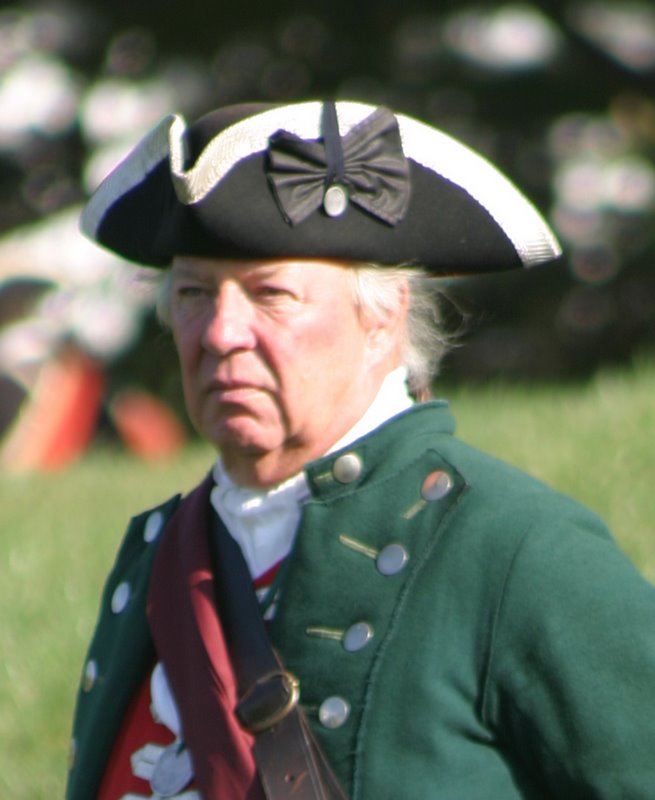A History
/SusquehannaRiver.jpg)

| Main Page |
| Time Line |
| History |
| Indian Trails and Shamokin (7000 BC-1763 AD) |
| Fort Augusta (1756-1792) |
| Founding of Sunbury (1772-1830) |
| Railroad and Canal Era (1830-1912) |
| Contemporary (1912-present) |
| Maps |
| Indian Trails and Shamokin (7000 BC-1763 AD) |
| Fort Augusta (1756-1792) |
| Founding of Sunbury (1772-1830) |
| Railroad and Canal Era (1830-1912) |
| Contemporary (1912-present) |
| Special Topics |
| Related Links |
| Works Cited |
During the Revolutionary War Pennsylvania was composed of four variants of people: Quakers and other citizens of Northumberland county, who were loyal to the British crown; Paxton Rangers, who were Scotch-Irish immigrants opposed to the Indians; British Provincial authorities, who served as a representative of the British crown; and Connecticut settlers, who were enemies of both the Quakers and the provincial authorities. While the English were invading Boston in 1770, New England colonists were invading Pennsylvania via the river, trying to move their conquests south. Connecticut settlers had established themselves in the Wyoming Valley along the North branch of the river and because the Paxton Rangers were frustrated with the lack of military support they were receiving from the Quakers in central Pennsylvania, they too traveled to the Fort Wintermoot in Wyoming to help the Connecticut settlers defend their homes. In return for their aid the Connecticut natives provided protection for the Paxton Rangers’ families. As a result of the tensions between the Paxton Rangers and the Quakers, the Yankee-Pennamite wars erupted with Pennsylvania and Connecticut fighting against the normally pacifist Quakers who were forced to physically protect themselves. These small internal battles provided the northerners with a sense of pride and confidence and before long they were openly rebelling against the British, claiming thousands of acres along the West Branch of the Susquehanna.
Angry and scared of how the British may respond to the northerners bravery, Northumberland County petitioned Governor John Penn in 1773, asking for protection of their homeland from both the Yankees and the British. The offensive began in 1775 when William Maclay, a Northumberland county citizen, wrote to congress and Colonel William Plunket led 700 men in protest against the invaders. The endeavor failed and the issue lay unresolved for nearly two years. In 1777 word was sent that 8000 British troops planned on gathering at Niagara and pressing south along the branches of the Susquehanna. Finally the Connecticut Yankees and the Paxton Rangers were forced to ally themselves with the rest of Pennsylvania and together they stood their ground. When all three hundred allies attacked a British Force, which had allied with the Seneca and Cayuga Indians, the entire force was massacred (massacre of Fort Wintermoot) and the Indians, who, with the support of the British no longer felt threatened by Pennsylvania residents, began raiding the frontier. In 1778 alone two men were killed at Pine Creek in January; one man was killed at Bald Eagle and one in Penn’s Valley on May 14; twenty people were killed on the North branch of the Susquehanna on May 17; three men were killed at Bald Eagle, three were taken prisoner at Pine Creek, nine were taken captive and sixteen were killed in Lycoming on May 26; and eight people were killed between Loyalsock and Lycoming on June 10.
On July 3, a militia of three hundred colonists was invaded by an army of Britains, Tories, and Indians at what is modern day Exeter in the Wyoming Valley. The colonists were overwhelmed and several of their forts were either surrendered or abandoned. Indians began scalping every soldier available and many civilians were killed, houses burned, crops destroyed, and cattle let loose or stolen. When news of the “Wyoming Massacre” reached settlers ears they panicked and chaos broke loose. More than three thousand citizens from the valley began fleeing down the Susquehanna, trying to escape the madness. Thousands of others living along the North and West branches joined them in the escape. Women and children floated down the river, while husbands and fathers patrolled the banks with rifles. Refuge was found at Fort Augusta, next to the newly founded town of Sunbury. The fort offered protection, provisions, and peace of mind. The exile has become known as the “Great Escape” or the “Great Runaway”. Nearly all of Northumberland County was evacuated.
Fear of a massacre at the fort led reinforcements to arrive in late July. Colonel Thomas Hartley and his men were joined by the local militia at Fort Augusta and began moving up the West Branch overtaking the various Indian towns. This expedition was the first offensive movement of importance on the northern frontier and eventually, by June of 1779 George Washington assigned General John Sullivan to lead 2000 troops north along the West Branch. The intent was to intimidate the hostile native nations, gain support from the friendly ones, and relieve the frontier of hostility. It was during Sullivan’s expedition that the Six Nations, who had started out as allies of the Pennsylvanian government, but had with time progressed into enemies, were defeated. Sullivan’s victory, which is often overlooked in light of the greater struggle against Britain, was initiated by the gathering of masses at Fort Augusta.
|
||||
|
The Bucknell Environmental Center▪ 835 Fraternity Road ▪ Bucknell University ▪ Lewisburg ▪ PA 17837▪ (570) 577-1490


